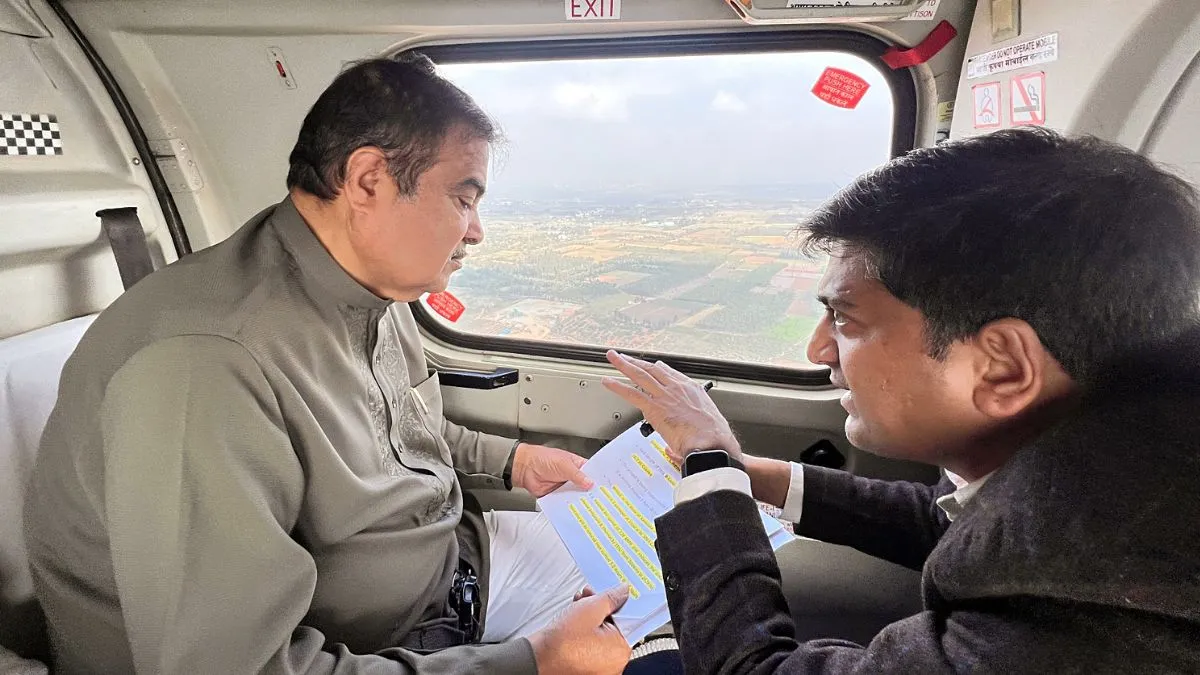- By Shibra Siddiqui
- Tue, 18 Mar 2025 12:31 PM (IST)
- Source:JND
The ongoing project by the National Highways Authority of India (NHAI) aims to strengthen connectivity between the two state capitals, fostering economic growth and development along its corridor. Responding to a query from Rajya Sabha MP Lahar Singh Siroya, Union Minister for Road Transport Nitin Gadkari recently stated that the remaining portions of the expressway are scheduled to be completed by June 2026.
The four-lane access-controlled Bengaluru-Chennai Expressway will start from Hoskote interchange, an old Madaras road in the eastern part of Bengaluru, and conclude to the road ending near Venkatagirikota (V Kota) in Andhra Pradesh for a stretch of 73 Kilometers.
The portion of the expressway passing through Andhra Pradesh and Tamil Nadu is still under construction while the Karnataka portion was completed in December 2024, and made accessible for commuters unofficially.
This expressway will serve as an alternative to the existing route via Hosur, Krishnagiri and Ranipet, which spans approximately 340 km and takes around six hours to travel. Traffic congestion on the current highway has been steadily increasing, highlighting the need for a faster and more efficient route.
The Three-Package Construction
The construction of the expressway was divided into three packages in Karnataka. The first package included the construction of 27.1 km of the total length from Hoskote to Malur. The construction between Malur and Bangarpet (27.1 km) and Bangarpet to Bethamangala (17.5 km) fell into packages two and three, respectively.
It is important to note that the NHAI imposed a ban on two-wheelers from using the Bengaluru-Chennai Expressway on March 3. The decision came a day after a tragic accident on the highway claimed the lives of four people, including a two-year-old child.

